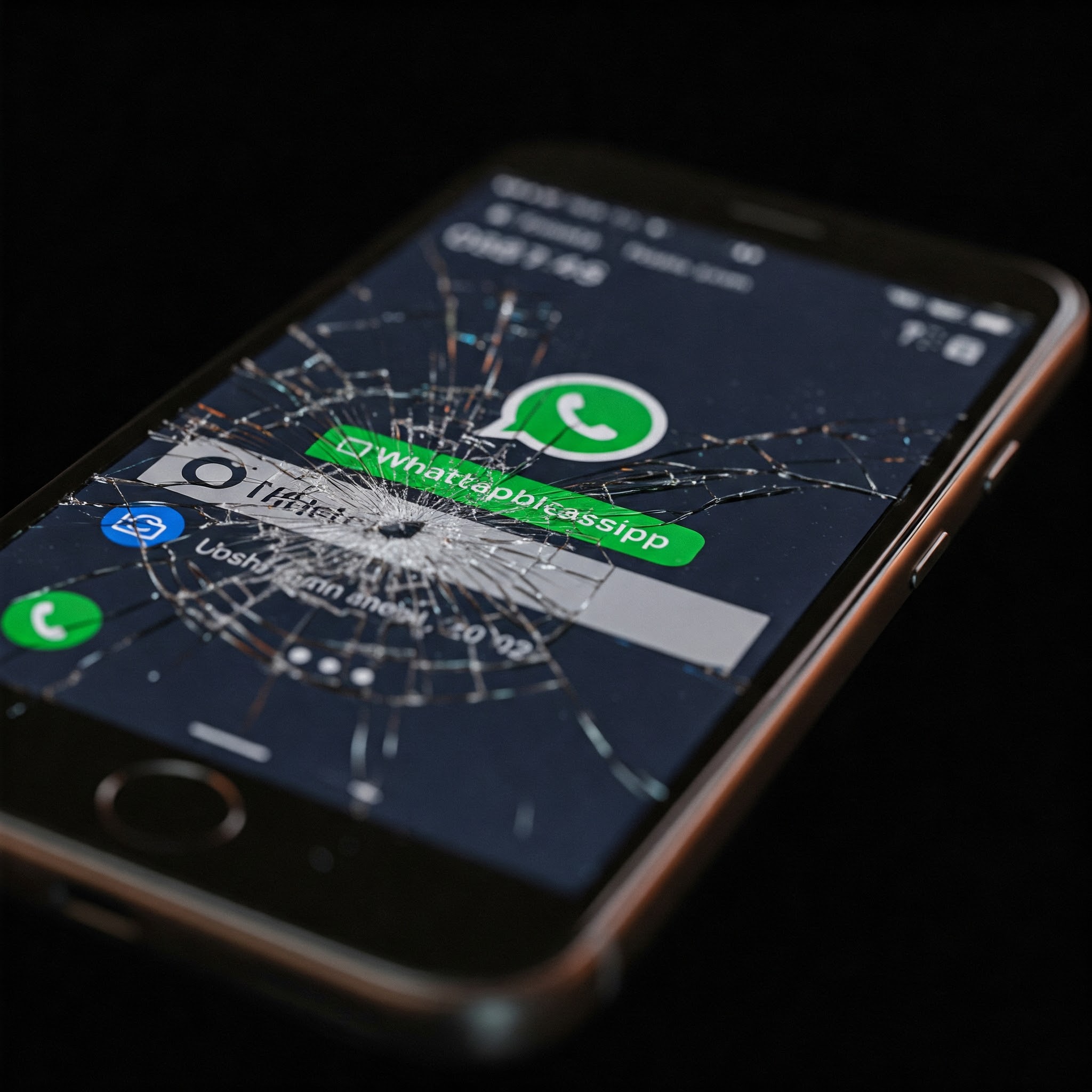A little while the Zimbabwe National Road Administration (ZINARA) announced that it would be deploying number plate recognition cameras at tollgates to expedite passage on the highways for exempted residents and vehicles.
The system was said to have been already deployed in a test and at the time there were plans for it to be extended to the Plumtree-Mutare highway. Now, thinking about this the technology, if it works as well as it should, will most certainly reduce the queues at tollgates. However, in saying that there are wider applications for ZINARA’s system one of them is the quarterly issue of renewing vehicle and radio licences.
I am one of those people who hates having to cut out licence disks. The process is incredibly wasteful when it comes to paper because hundreds of thousands of motorists have to do this at varying intervals throughout the year. ZINARA’s licence plate recognition system is already in place and should be used to streamline this process and bring greater convinience.
This will not only reduce waste but will mean that motorists don’t have to travel to ZINARA booths to get their licence disks and insurance. Furthermore, it will be in line with the push to digital that every entity under the sun has been making.
All anyone needs to do is pay for their vehicle and radio licence as well as insurance over the internet or any of the WhatsApp bots that offer the service and that’s that. ZINARA will now have it in their system that “Vehicle A” has paid. The only headache for the authority would be deploying more of the cameras, which I have to admit will be a hefty investment.
The cameras will only be the start as there would have to be a centre that can quickly process vehicles as they traverse Zimbabwe’s motorways. In saying that there is an alternative. The local authority could start with or just use QR codes which would be a lot easier to get readers for officials (if they aren’t using smartphones) as well as come at a cheaper price.
It is worth that mentioning that licence disks have had QR Codes since around 2012… Why we haven’t seen a further development to this since then is anyone’s guess…
The QR Code or number plate recognition system can also be integrated with City Parking so that we don’t always have to print receipts whenever we are parking in the CBD. Lastly, the number plate recognition system could be further widened not just for exempted vehicles and residents. Meaning ZINARA could completely abandon its plans for RFID (Radio Frequency Identification Technology) e-tolling. Why have two systems that essentially achieve the same end?
It’s strange that the technology already exists in one shape or form within ZINARA but we are yet to see it being used to bring greater convenience to the motoring public…














Comments
10 responses
I dont need a radio and remove it… Don’t give them ideas
If you pay online, what is the role on ANPR is any of this? In you detect that a car hasn’t paid, using a camera at an intersection then what?
At times I feel like I’m the only one who makes sense here
The reason why QR Codes won’t work is because the law allows for the discs to be placed on the quarter glass (not just the front windscreen)
Iwee urikuda kuty mapurisa afe nenzara anozotonyoresa ani🤪🤪🤪 une hutsinye 😁😁😁
No comment
Iwe obey usauye nezvipenzi zvako panapa tsek. Kana usina comment siya zvakadaro kwete kungotypa kuti no comment
Saks todii neinformation iyoyo
The Zinara “system” was targeted at expediting movement of specific vehicles (not every car). Such systems show lack of foresight, imho there should be cameras on our roads all with IP addresses. That way, more robust use cases can be tapped from that infrastructure. But it looks like someone higher up simply wanted NOT to be delayed at toll gates by the povo. I’m glad it has failed to take off. Hare-brained ideas usually flop that way.
I’ve come to the conclusion that until electricity is available more than 95% of the time in Zimbabwe, not much can be expected in terms of technological advancement because power is a basic need in technology.
The usefulness of a central database (with all the infor) is limited to the ability to access it to retrieve the infor. The MASSIVE infrastructure deployment required to achieve this is the main limitation. Think of all traffic cops needing a fast reliable ‘gadget’ parking lot attendants, municipal officers, toll gates, VID personnel – and this being country wide – the costs may be beyond current capabilities